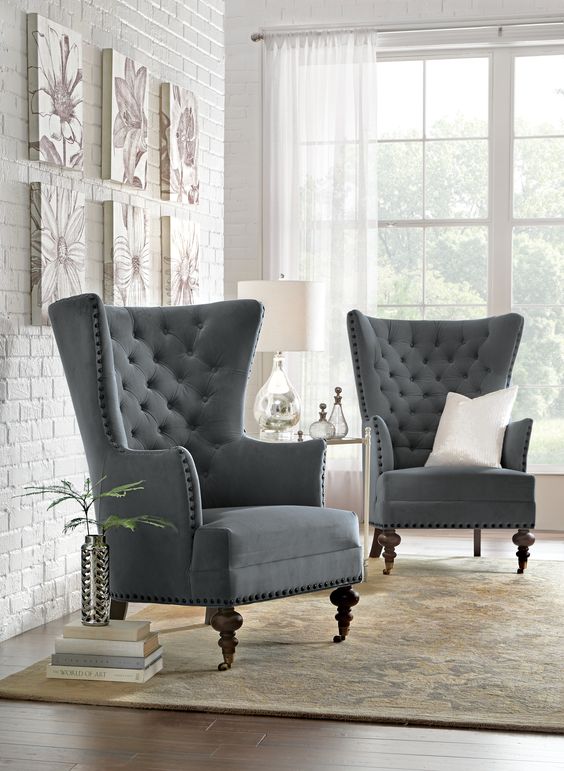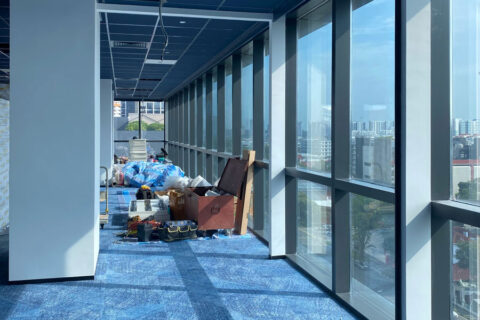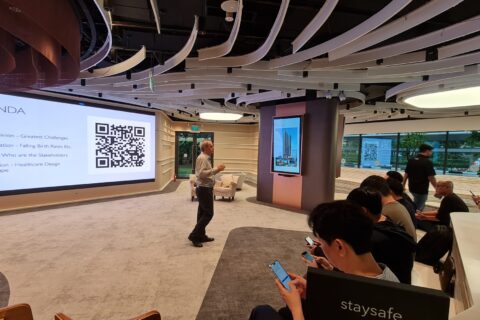An insight article published by Inform Design, Transforming Nursing Homes¹, discusses the shift in the USA towards individualised, person-centred planning and the empowerment of staff to empower residents to maximise the individual’s defined quality of life.
The most significant point is the move away from nursing home care that looks and feels institutionalised. This is regardless of the residents level of mobility and morbidity. This paradigm shift has resulted in new nursing homes being designed as places to live; for residents to live out their lives in the manner they choose.
The opportunity for designers to reimagine the nursing home as a place to inspire living, rather than an institutionalised centre of care, is what interests us at Merrowsmith Design Partnership. As designers with experience and interest in the healthcare sector, we are suited to create environments which balance the need for quality care with enhanced lifestyles. As the article states, “Quality of care is still a major concern but is no longer an acceptable excuse for regimentation and diminished lifestyles.” We have the assisted living field to thank for putting this into a graphic model, referred to as the 3-legged stool model.
Residential Long-Term Care 3-Legged Model
Encouraging autonomy is a key mandate of this approach. With greater autonomy and mobility, residents are likely to experience restored dignity and enhanced well-being.
This brings me to a second article, the Prevention Of Overuse Of Wheel Chairs in Nursing Homes². The authors describe 3 groups of residents defined by their level of mobility, and reviews projects that have successfully challenged the status-quo of wheelchair use in typical institutionalised care. In the opening dialogue, the authors point out that in the USA, regulations are intended to protect the presumably vulnerable adult population, but “ Actually limit the personal freedom of residents.” And go on further to remark ‘With regard to safe mobility, wheelchairs maybe assigned as a means of providing protection from injuries, particularly falls. While the intention is primarily protective, it may contribute to preventable decline in function.”
The rational is simple; the continual use of the wheelchair, particularly sitting for long periods, leads to deconditioning. This is particularly so for residents who are able to walk independently (group 1) or who require assistance when walking (group 2). There are many examples cited of progress in this area; it is an encouraging read. One observation, referring to Alzheimer’s sufferers, goes as far as to suggest that “Tolerating the risk of falling may be preferable to decreased ambulation caused by use of wheelchairs in these individuals.”
Our hypothesis is this. There’s a correlation between building nursing homes with residential scale room sizes, furniture and furnishings and inspiring residents to take time out from the wheelchair. In our institutionalised homes with their dormitory setting, long corridors and efficient communal facilities, residents are unintentionally discouraged from attempting to spend time without a wheelchair. Imagine for a moment a toddler on the verge of taking his first steps. He moves around the room by using the furniture as support. The pull of a hug is so meaningful, that he will chance crossing an open space to reach the outstretched arms of a parent, thereby taking his first steps.
The challenges for the designer are complex. At the forefront of our thinking can be the desire to create interior spaces that inspire and encourage independent movement, and yet cater to the clearances required by wheelchair users. After all, given the choice, residents who desire to build on or maintain their mobility can look forward to an awesome chair with arms outstretched. That could just be the inspiration required.
- Transforming Nursing Care Homes, Implications Vol 05 Issue 09, InformeDesign
- Prevention of Overuse of Wheelchairs in Nursing Homes, ALTC Vol 18 Issue 06, page 34-38






